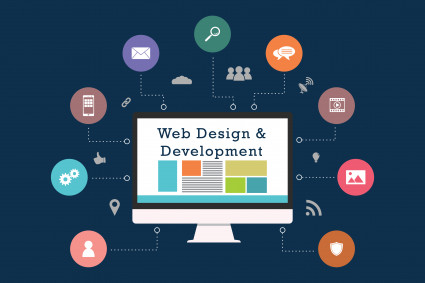In our predecessor to this article, we have discussed the different elements of graphic design and how they can be helpful in keeping the viewer glued to your creatives, be it on the website or on a social media post. When these elements are combined with the basic principles of graphic design, creating great page compositions is no more a tough job.
Most professional Graphic designing services in Mumbai make effective use of the basic principles of graphic design and bring together various elements and create a cohesive combination. Here are a few classic examples of these principles:
1. Alignment:
The queuing or lining up of the elements of a design along top, bottom, sides or center of the elements is known as alignment. They may not belong to a specific
type and are usually aligned along the left side of the layout. When different sized images are aligned across the top or bottom of the layout, they can appear a single unit.
2. Balance:
Achieving visual balance by making use of symmetrical or asymmetrical balance is something that most graphic designers strive for. For example, in symmetrical balance, both sides of the page layout are balanced in terms of shape, lines, weight and other elements. When two sides of the page aren’t the same but have similar elements, it creates asymmetrical balance. When elements are placed in a circular pattern, radial symmetry occurs. But this is difficult to achieve on websites while it is easily possible in print designs. Unbalanced designs work at times when the designer wants to focus attention on a single element.
3. Space:
When a part of a design is left blank, the rest of the area is space. Empty space deliberately placed in the design is termed as Negative space, while the margin area between elements is known as passive space. For effective graphic design to take shape, the existence of positive and negative space is equally important.
4. Repetition:
When the characteristics of similar elements help in creating design consistency, it is known as repetition. In graphic design, repetition helps to create rhythm. When the designer puts a number of bulleted points of interest using similar colors, type and size, they appear as a single, cohesive unit.
5. Contrast:
This is an underrated but crucial graphic design principle used by designers. Various opposing elements like large vs small, dark vs light can be used to highlight
important elements of a design. Many Logo designing services in Mumbai use this principle to great effect. Although contrast is often connected to color since it can be easily done, this can also be done using graphic elements, texture or type.



